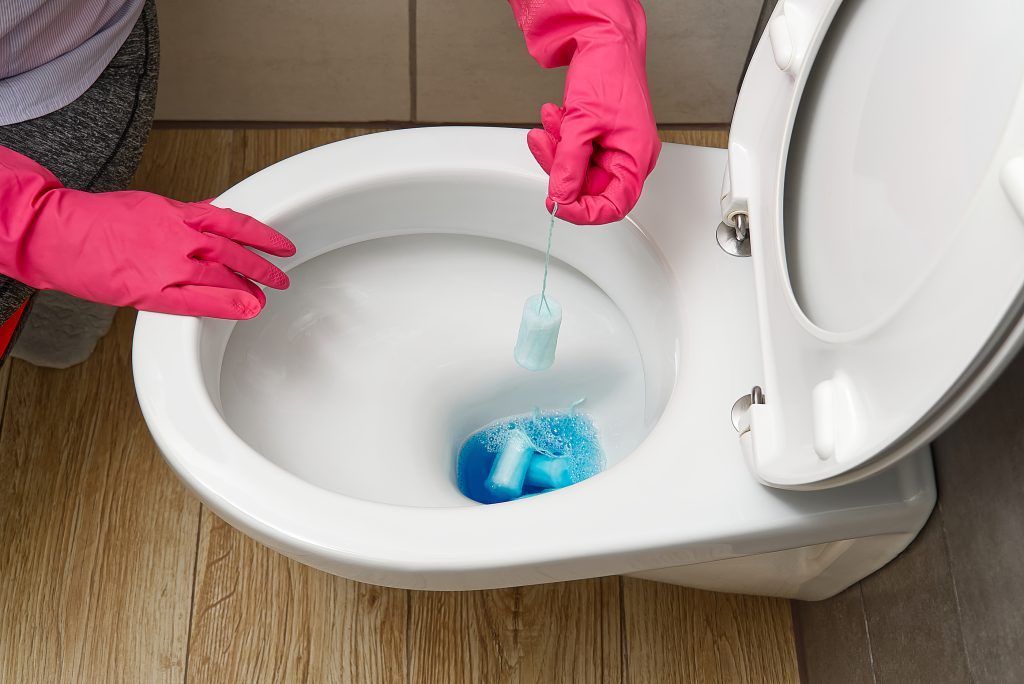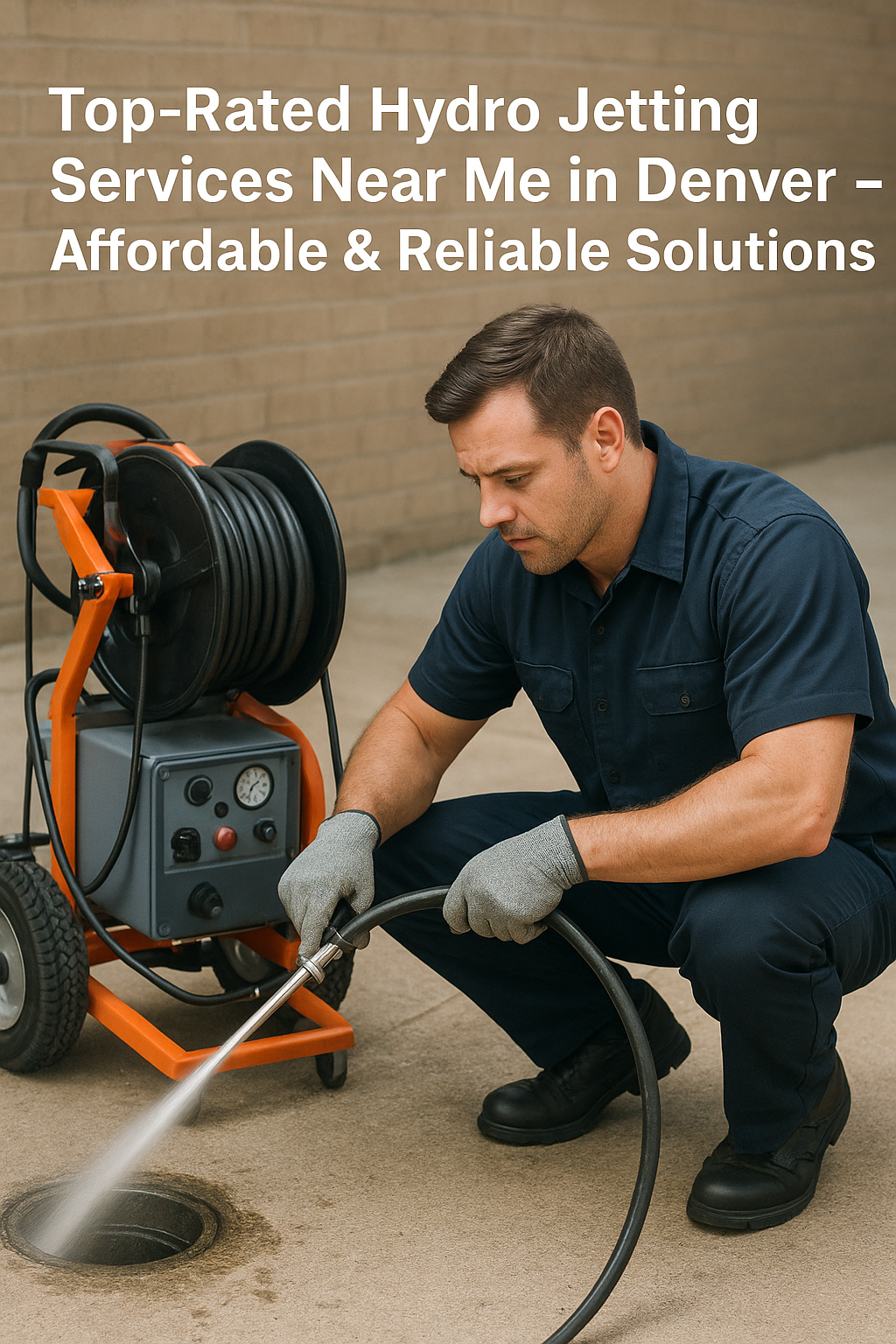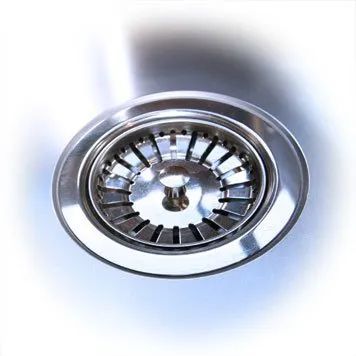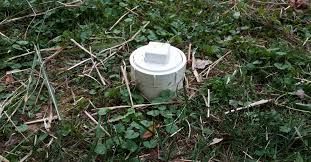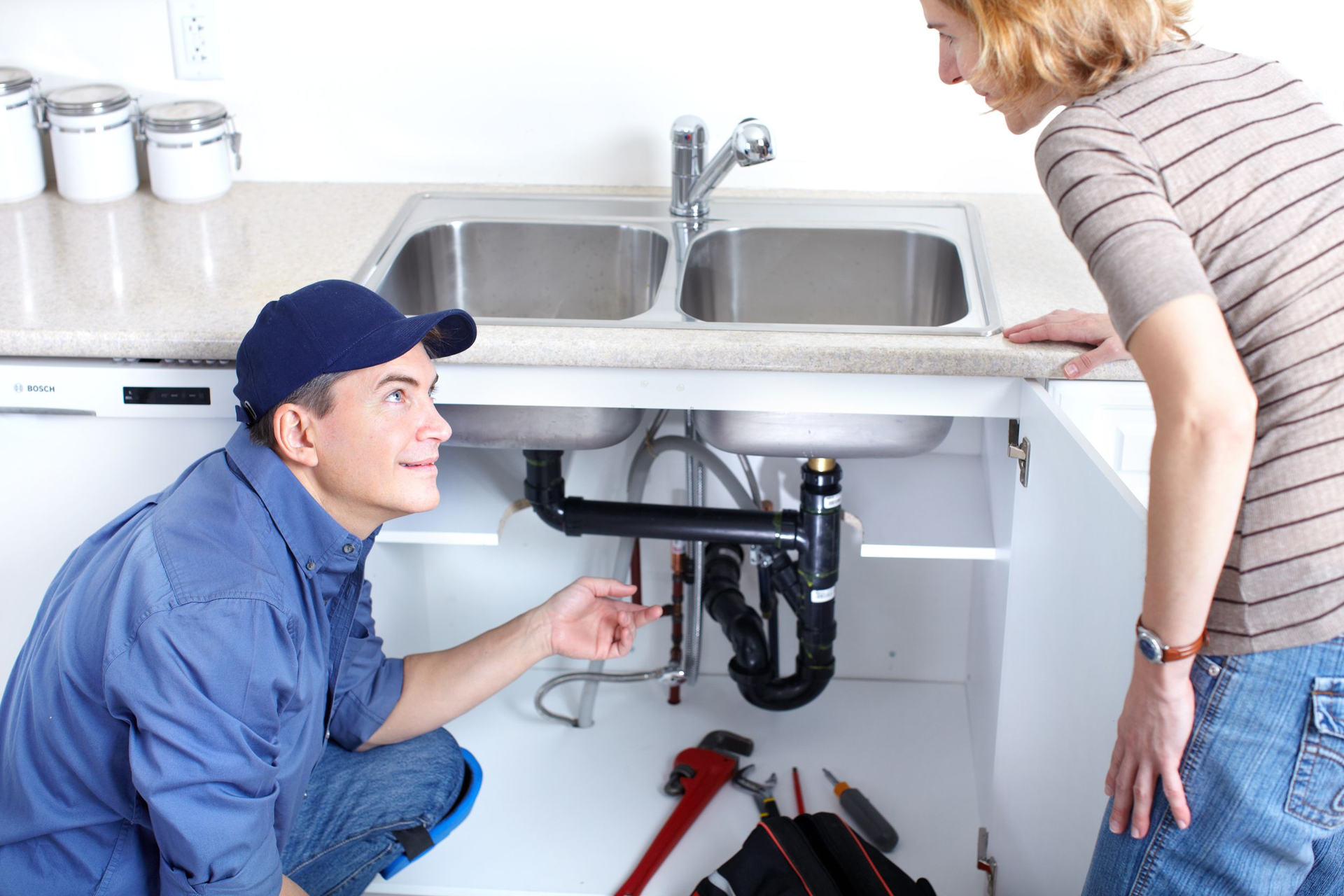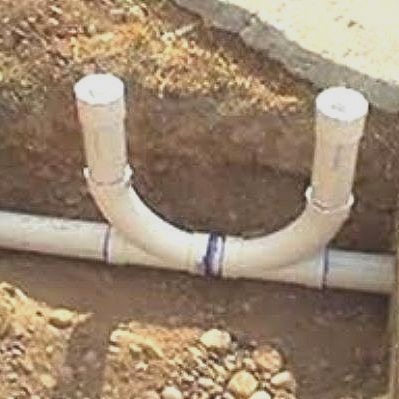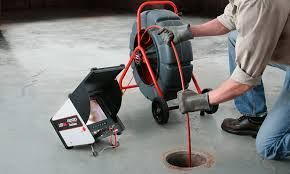Sewage Coming Up Through Your Bathtub, What to Do? (UPDATED)
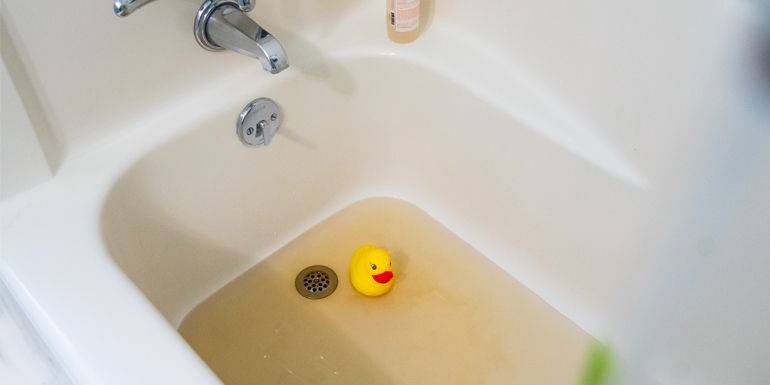
Sewage coming up through your bathtub can be a real nightmare. This occurrence marks a major issue within the sewer system, so it's important to know what to do in such a situation. First and foremost, contact a plumber & sewer specialist immediately if sewage is bubbling up from your drain or overflow pipe. Do not attempt to unclog the pipe yourself as this may cause further damage or other safety risks. At the same time, it's vital that you avoid any contact with the sewage, as it could contain various contaminants and cause illness. Furthermore, check to make sure all drains are closed throughout the home; don't use toilets or sinks until the problem has been rectified. Following these steps is extremely important for preventing additional messes and further plumbing issues. Call Drain Brain LLC at 720-322-4845 today!
Why Sewage Is backing Up Into Bathtub
Sewage backflow into the bathtub is a major concern for Denver homeowners. This could be caused by cookware, tree roots or other larger materials clogging a city's wastewater system and blocking your plumbing. Alternatively, if older homes have worn pipes, sediment could build up and block the drain. Another possible cause is an issue with your home's septic tank that causes it to overflow. In any case, when sewage backed up in to the bathtub occurs it can be extremely hazardous for your health and is not treated lightly by sewer professionals. If you suspect you are having this type of problem with your pipes, it is important to contact a plumbing professional as soon as possible in order to mitigate any damage before the situation gets worse.
A Denver sewer line can become blocked by anything, but the most common culprits include:
• The sewer line can be blocked by various items.
• Common causes of blockage include:
- Fats, oils, and grease
- Tree roots
- Sanitary products
- Baby wipes
What Does it Mean When Sewage Water backs Up In Bathtub
When sewage water is backing up in a bathtub, it is an indication that something is blocking the sewage system and it needs to be taken care of immediately. Most likely there is a problem within the pipes – either they are clogged or have suffered damage. Either way, taking measures to unblock the pipes and flush out any debris should fix the issue. Investigate whether any tree roots may be getting caught in the line, since this often happens due to their naturally invasive nature. Unless the problem is solved soon, this blockage could lead to bigger problems like flooding and raw sewage seepage into your bathroom or yard, causing possible health risks and damage to property.
How do clogs in the main sewer line cause bathtub backups?
When the main sewer line becomes blocked, wastewater from your home has nowhere to go. Instead of flowing smoothly out to the city’s sewage system, it looks for the path of least resistance.
Since the bathtub drain is often one of the lowest points in your plumbing, that's where the sewage ends up making its unwelcome appearance.
Common factors behind these clogs include:
Accumulation of Fats, Oils, and Grease: These substances can solidify in the pipes, narrowing the pathway for wastewater until a blockage forms.
Intrusion of Tree Roots:
Especially in Denver’s older neighborhoods, roots can snake into even tiny cracks in aging pipes, eventually forming a thick mat that traps other debris and blocks the line.
Non-Flushable Items: Products like sanitary wipes, paper towels, and feminine hygiene products can snag in your pipes, quickly causing stubborn clogs.
Build-Up of Sediment or Debris: Over time, residue and materials like hair or soap scum can accumulate, leading to reduced flow and eventual backups.
No matter the root cause, a blocked main sewer line means water will start pooling wherever it can, so if you notice sewage coming up in your tub whenever you flush a toilet or run a sink, it’s a telltale sign of this serious issue. Immediate attention from a professional is crucial to prevent a much bigger headache—like extensive water damage or costly repairs.
Why does sewage sometimes come up through the bathtub instead of other drains?
Great question—if you’re noticing sewage making its unwelcome debut in your bathtub instead of, say, your kitchen sink or toilet, you’re witnessing plumbing logic in action.
The bathtub is often the lowest fixture in your home’s drainage system. When a clog forms in the main sewer line—possibly from tree roots, fats, or the dreaded flushable wipes—wastewater looks for the path of least resistance. Because gravity never takes a day off, your bathtub’s drain becomes the perfect exit point.
If you see backflow here and, especially, if it’s happening in more than one drain, it’s a major red flag for a deeper blockage. Main line clogs usually don’t play favorites: all the lowest drains are vulnerable, but bathtubs are common because of their elevation relative to the rest of your plumbing.
Why is sceduling a sewer inspection reccommended after a sewage backup?
Why a Sewer Inspection Matters After a Sewage Backup
Once you’ve tackled the mess and cleaned your bathtub, it’s wise not to stop there. Scheduling a sewer inspection after a sewage backup is a smart step toward preventing future headaches. Even if everything seems fine on the surface, hidden troubles like small cracks, pipe collapse, or stealthy tree roots could be lurking deeper in your plumbing.
By having your sewer line professionally inspected, you get a clear picture of its overall health and can catch potential issues before they escalate into messier, pricier problems.
Think of it as a routine check-up for your home’s plumbing—early detection means you’re far less likely to deal with another unpleasant surprise in the tub down the line.
How can i identify if the sewage backup is isolated to the bathtub or affecting other drains?
How Can I Tell If the Problem Is Limited to My Bathtub?
To figure out whether the sewage backup is just an isolated issue with your bathtub or something more widespread, start by checking the other drains in your home. Is water backing up in your sinks, toilets, or even your laundry drain?
If you notice that more than just the bathtub is having drainage issues, chances are the main sewer line is blocked and not just the individual tub pipe.
A quick checklist to help you diagnose:
Flush the toilet: Watch to see if water bubbles up in the bathtub or nearby drains.
Run water in sinks: Note if water drains slowly or backs up elsewhere.
Check for odors: Strong sewage smells throughout the house usually signal a main line issue.
If only the tub is acting up and everything else in the house is draining normally, the blockage may be local to that bathroom.
However, if multiple drains are involved, it’s most likely time for a professional inspection of your main sewer line.
What should i check for when looking for visibile blockages in the bathtub drain?
What to Look For When Checking Bathtub Drain Blockages
If you suspect your bathtub is suffering from a clog, the first step is to look for any obvious signs of trouble right at the drain.
Put on a pair of gloves and carefully inspect the drain opening for hair, soap scum, or foreign objects that might be sitting just beneath the surface. Oftentimes, a visible blockage can be removed with your fingers or with tweezers.
For a more thorough check, take a standard plunger and try to dislodge anything that might be lurking just out of sight. Sometimes, especially with older bathtubs or long-haired households, a simple Zip-It tool or a drain snake from your local hardware store (think: RIDGID, Liquid-Plumr, or Cobra Products) can reach deeper into the pipe and hook out stubborn clumps of hair or accumulated grime.
Don’t force anything if it doesn’t come out easily—if you encounter resistance, it may be an indication of a more serious problem deeper in the plumbing system. In these cases, proceed with caution and consider the help of a professional to avoid causing any extra damage to your pipes.
How do blocked vent pipes and sewage backups in the Bathtub?
Blocked Vent Pipes and Sewage Backups in the Bathtub
Another factor to consider is the condition of your vent pipes. These pipes play a crucial role in your plumbing system by regulating air pressure and allowing wastewater to flow smoothly through the drains.
When vent pipes become clogged—whether due to debris, bird nests, or leaves—the plumbing system can’t “breathe” correctly.
This blockage creates negative pressure in your pipes, which can actually force sewage back up into your bathtub or shower drain. That unpleasant gurgling or bubbling is often a red flag.
If you suspect your vent pipes are the culprit, it’s best to leave the inspection and clearing to a professional plumber, as the process can be tricky and involves working on your roof or upper exterior of the house.
How much does it typically cost to fix a clogged sewer Llne?
How Much Does It Cost to Fix a Clogged Sewer Line?
The cost to fix a clogged sewer line can vary quite a bit, depending on just how stubborn the blockage is and what it takes to clear it. For minor clogs, you might get away with a simple snaking or augering,
This can range from $100 to $300. More severe blockages that require hydro jetting or even replacing a section of pipe can push costs anywhere from $500 up to a few thousand dollars, especially if excavation is necessary.
It’s always smart to get a professional inspection first, as companies like Roto-Rooter or your local licensed plumber can provide an accurate diagnosis and present your options up front.
Many also offer video inspections for a flat rate, so you know exactly what you’re dealing with before any work starts. And remember—investing in timely repairs might save you from much more costly damage to your home down the road!
How do tree roots lead to sewage backups in bathtubs?
We use the top-of-the-line camera to inspect your sewer lines. This allows us to look through your sewer lines with the sewer scope camera to tell whether tree roots, clogs, scale, cracks, debris, slope issues, bellies, sewer channels, or other issues in the sewer line cause the sewer backup.
Often, tree roots searching for moisture are a major culprit—they can invade pipes and cause stubborn blockages, sometimes leading to messy problems like your toilet backing up into the bathtub or sewage making an unwelcome appearance in your tub.
Over time, roots gradually grow into small pipe cracks, eventually creating severe restrictions that only a professional sewer camera inspection can detect and resolve. By pinpointing these problems early, you can avoid costly repairs and keep your plumbing running smoothly.
Can pipe damage or cracks cause sewage to backup through the tub?
We use the top-of-the-line camera to inspect your sewer lines. This allows us to look through your sewer lines with the sewer scope camera to tell whether tree roots, clogs, scale, cracks, debris, slope issues, bellies, sewer channels, or other issues in the sewer line cause the sewer backup.
Cracked or damaged pipes are a common culprit behind sewer problems. Over time, pipes can become compromised by age, shifting ground, or even the relentless growth of roots, resulting in hidden damage that restricts water flow. This can lead to telltale signs like slow draining, gurgling sounds from the pipes, or even water backing up in your tub or floor drains.
By spotting these pipe defects early with our advanced camera technology, you can address blockages and minimize costly repairs down the line.
We can even send you a video of your inspection. Call 720-322-4845
Title or Question
Describe the item or answer the question so that site visitors who are interested get more information. You can emphasize this text with bullets, italics or bold, and add links.
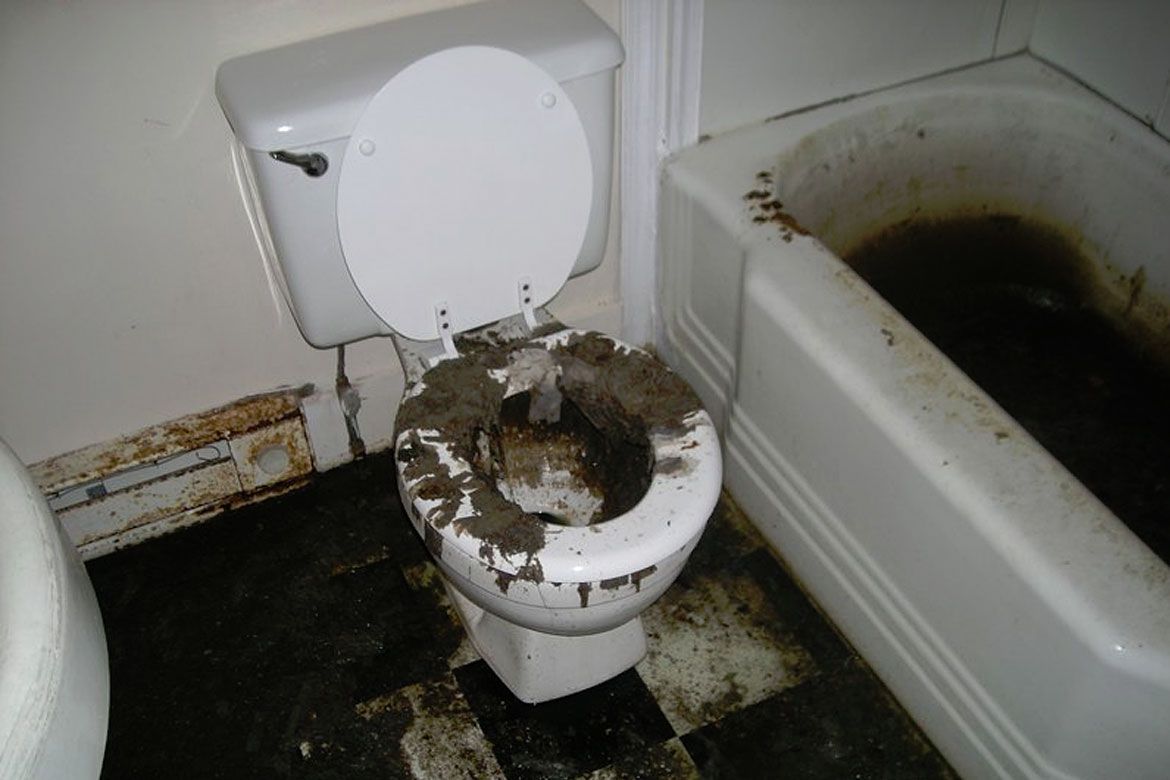
Is Sewage In Bathtub Dangerous?
Is the sight or smell of sewage in your bathtub a cause for alarm? The answer is a resounding yes! Sewage water in your bathroom could contain many dangerous and even toxic contaminants like lead, disease-causing microorganisms, and industrial waste. The wastewater can spread these contaminants beyond the bathtub into other areas of your home, leading to increased health risks for you and your family. When sewage enters your bathroom, it's important to address it quickly with professionals who can assess the damage and remediate any hazardous conditions. Don't ignore those warning signs - protect yourself and those you love from unsafe exposure to sewage contaminated areas by acting swiftly should any leaks appear.
What Causes Sewage Backup in Bathtub?
Sewage backups in the bathtub can be a distressing issue, but fortunately, the cause can often be traced back to a few specific issues. The most common causes of sewage backup in bathtubs are tree root intrusion, improper drainage systems, and blockages due to feminine hygiene products and other objects. To fix this problem, it is important to identify the source of the blockage and remove it. This could involve replacing broken or clogged pipes that are preventing waste from flowing correctly out of your home or unblocking a drain by performing an act as simple as plunging with a plunger. Regardless, addressing this issue promptly is essential in order to maintain a healthy living environment.
Sewage Water coming up into Bathtub?
Sewage water coming up into your bathtub is a situation that no one ever wants to experience. Sewage water can be dangerous containing everything from disease-causing bacteria to toxic chemicals that could make you or your family sick. Fortunately, it is possible to identify and fix the source of this problem before it gets worse. The best way to stop sewage water from entering your home is to determine the cause first. If the pipes are blocked, then the most effective approach may be seeking professional help and replacing particular parts or fixtures. Investigating and repairing any potential problems quickly with reliable experts may be necessary in order to avoid any potential catastrophes down the line. Sewage water entering your bathroom should never be overlooked or taken lightly - contact knowledgeable professionals and have peace of mind instead!
My bathtub Smells like Sewage?
My bathtub has become a source of overwhelming distress due to the persistent putrid smell that seems to be taking over the bathroom. My bathtub, which has always been one of my favorite places in the house, now smells like sewage and it's making it difficult to enjoy any relaxation in the room. My search for answers as to why this is happening left me with little information regarding a cause or solution, forcing me to navigate my way through this problem alone. My best strategy is prevention, so I plan on keeping an eye out for any potential signs from now on in order to keep this awful smell away.
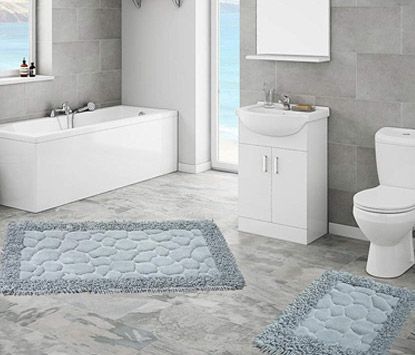
How To Clean Bathtub After Sewage Backup?
Cleaning a bathtub after sewage backup is never an easy task, but it is important to do so in order to ensure that your bathroom remains hygienic and safe. The first step in cleaning a bathtub after a sewer backup is to remove any solids from the bathtub. Use gloves and discard the solids into a garbage bag. Then, use a good-quality disinfectant cleaner to scrub the walls and floor of the bathtub. Make sure to rinse off all cleaning products with hot water. After that, fill up your tub with cold water and stir in chlorine bleach or ascorbic acid crystals until they dissolve into the water. Let the solution soak for 30 minutes before draining it out of your tub. Finally, use warm soapy water to scrub and then rinse off the walls of your bathtub for best results. Following these steps will help you clean your bathtub after sewage backup properly and thoroughly so you can enjoy its cleanliness without worrying about bacteria or germs.
How To Recognize & Fix A Clogged Sewer Line
A clogged sewer line is one of the most dreaded plumbing issues that any homeowner can face. It can leave your entire house smelling unpleasant, cause flooding, or worse yet, contaminate the local water supply. Fortunately, it’s possible to recognize and fix a clogged sewer line without having to call a plumber.
One of the most reliable methods for recognizing a clogged sewer line is to look for signs such as bubbling water when you wash dishes in the sink, gurgling sound coming from drains, slow draining tubs, and backing up of sewage when using more than one appliance at once like doing laundry and running the dishwasher simultaneously.
How to Unclog a Bathtub Full of Water
If you find yourself staring at a bathtub that refuses to drain and is full of murky water, don’t panic—there are a few tried-and-true methods you can try before calling in the professionals:
- Plunge Away: Use a standard cup plunger to create a tight seal over the drain opening and pump vigorously. The pressure can often dislodge minor clogs caused by hair, soap scum, or debris.
- Drain Snake: If plunging doesn’t do the trick, a hand-crank drain snake (or auger) can be fed into the drain to hook and pull out stubborn blockages deeper down the line.
- When to Call for Help: If the water simply won’t budge after these attempts, it’s time to bring in a professional plumber—especially if you suspect a more serious issue, like a collapsed pipe or tree root intrusion.
There are a variety of fixes available including augers or plungers to clear out dirt, grease build up, hair and food particles or sawing through tough clogs with snakes. If these fixes don't work you may have to resort to professional help as there might be a broken pipe that needs repair or replacement. Keeping on top of your maintenance can save you a lot of time and money so make sure to keep an eye on your drains!
Drain Brain LLC does the Sewer and Drain video inspections for $125.00
Service Areas
Arvada, Aurora, Lakewood, Bennet, Broomfield, Brighton, Castle Rock, Castle Pines, Centennial, Commerce City, Columbine, Dacono, Erie, Englewood, Firestone, Federal Heights, Ft Lupton, Golden, Greenwood Village, Greeley, Hudson, Highlands Ranch, Ken Caryl, Lafayette, Lakewood, Littleton, Longmont, Louisville, Northglenn, Superior, Sherrelwood, Thornton, Welby, Windsor, Westminster, Wheat Ridge, Westminster and more call today 720-322-4845
Thinking quickly and having a plan of action is the key to solving main sewer lines clogs. Call Drain Brain @ 720-322-4845, your Denver sewer service company today, for all types of plumbing, sewer, and mainline cleanout services. We’ll get you back up and running again in no time!
Drain Brain LLC is a Full-Service sewer, drain inspection & repair company in Thornton, CO. Known as a drain’s specialist, we serve commercial and residential customers in the Denver metro area by providing professional sewer inspection, sewer maintenance, drain cleaning, trenchless sewer line repairs, sewer camera inspection & scope services, as well as trenchless sewer line repairs for your specific needs. Be assured that our specialists will help you when your sewer backs up and have it functioning properly in no time at all and we offer 24/7 emergency services.
Don't let your clogged drain give you a headache, contact our invaluable drain cleaning experts for sewer inspections and repairing sewer lines.
